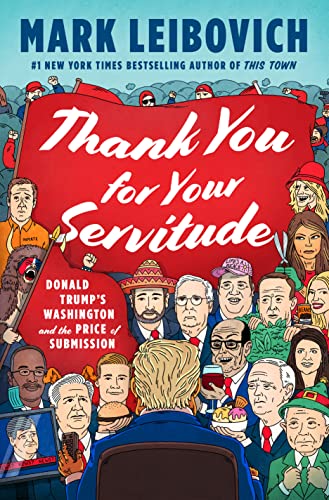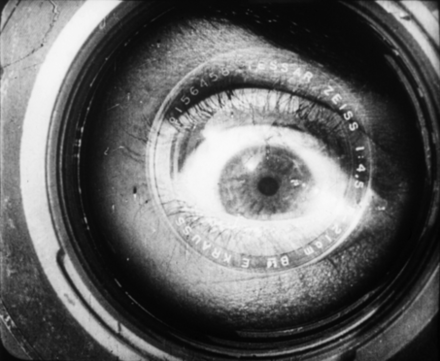Title: Operation Paperclip
Rating: 5 Stars
If there is such a thing as a good war, most people would think World War II (OK, probably not if you’re German or Japanese). It seemed to be a pretty good example (especially in today’s murky world) of good guys and bad guys. The Nazis, with their black uniforms and death head insignia, seemed to be straight out of central casting evil. You read about them raining rockets down upon citizen population, their death camps, their use of slavery, their human experiments, and even how advanced they were in building chemical weapons, and it becomes even more apparent how evil the Nazi regime was.
What if I told you that, after this evil threat was vanquished, the United States, the white hatted good guys in this conflict, took a look at some of these guys doing absolute evil and thought, we need to get them on our side?
I’m not talking borderline evil guys that were mid level bureaucrats that somehow got caught up in the Nazi furor or that reluctantly joined the Nazi party because they saw no other means of career advancement.
Nope, I’m talking head honchos. I’m talking about Nazis that reported directly to Himmler or Goering. I’m talking Nazis that were some of the very early members of the Nazi party, that had no trouble condemning fellow Germans to the Gestapo for not being sufficiently Nazi or that started every meeting with a Nazi salute and a Heil Hitler. I’m talking about Nazis that personally led chemical weapons programs, that knowingly used slave labor, that knowingly acquiesced to brutal, deadly, torturous human experiments on those they considered subhuman (and denoted such experiments as being done on ‘large pigs’). I’m talking about men that rained death upon London.
All of these people (there was at one time a thousand people on the list) were secretly brought to the US or to American facilities. Their black magic science was now performed in support of the good guys. Provided with lucrative and important jobs, they had work visas and a path to citizenship. Several achieved great fame.
Considering the extreme revulsion that the average American felt to Nazis in general at that point in time, let alone high ranking ones that knowingly did evil acts, this was necessarily kept very secret. This was Operation Paperclip and the US government was so sensitive to this becoming public knowledge that elements of it were classified for over forty years. In many cases, the federal government actively conspired with the former Nazis in question to generate a cover story to prevent this knowledge from leaking out to the public.
Why did this happen? Well to begin with, there was still a war in Japan to win. Some of the Allied military commanders, amazed at the deadliness and quantity of Nazi chemical weapons, dreamed of using such weapons on the Japanese to forestall the horrible cost of a land invasion. The use of atomic weapons eliminated that need.
However, the US rapidly became convinced that the Soviet Union was bent upon world conquest. Seeing the Soviets scoop up Nazi facilities and scientists convinced the US that it must respond in kind. This despite the fact that over twenty-five million Soviets were killed in World War II, so global domination wasn’t exactly on their menu. On the other side, the Soviets were equally convinced that the US would like nothing more than to bring about its downfall. In this state of mutual paranoia, Nazi scientists that should have been harshly dealt with for their wartime actions were instead given a pass into the American middle class. Even today, we’re still finding new 100 year old former Nazis to bring up on war crimes but we let an entire generation of German scientists effectively off of the hook.
What kind of men are we talking about?
Well, there’s Fritz Hoffman. For the Nazis he worked on developing the nerve gas Sarin. This would be the nerve gas that would later by used by Assad against his Syrian people and by terrorists in the Tokyo subway attack. For the US, he helped developed VX, the nerve agent that was at the center of US chemical warfare, and even later, Agent Orange.
Let’s not forget Hurbertus Strughold. He became so prominent that even now he’s known as the Father of Space Medicine. He had connections with the medical personnel at Dachau, where prisoners were operated on without anesthesia, forced to drink salt water, and immersed in freezing water. It was in his notes that investigators realized that large pig experimentation actually meant human. At his laboratory, experiments were done on epileptic children.
The most famous Operation Paperclip alumni is Wernher Von Braun. He was a key figure in the US missile program. He was the director of the Marshall Space Flight Center, received the National Medal of Science, and became nationally popular when appearing in a Walt Disney film series. In his Nazi times, he led the design and development of the V-2 program. At the underground rocket factory at Peenemünde, slave labor was heavily used. Some 20,000 enslaved people died working at the factory. Von Braun went to the Buchenwald concentration camp to personally select slave labor. There is some evidence that Von Braun ordered workers to be flogged. At least one set of hangings took place during his time there.
In terms of moral ambiguity, possibly the most notorious case was Walter Schrieber. He was the Surgeon General for the Nazis. From that post, he had knowledge of all medical experimentation being done, including chemical warfare. At best a slippery character, he was first captured by the Soviets and testified against Nazis during the Nuremburg war crimes. Later, he escaped from the Soviets under murky circumstances and reappeared in the West. Despite his background as a high Nazi official and suspicions of him being a Soviet double agent, US government succeeded in bringing him over to the states. After ten years, there was finally enough public controversy around him that, with federal encouragement, he fled to Argentina, where he lived in peace until his death.
A case can be made that Operation Paperclip was in the US national interest. The fact that the US spent decades going to great lengths to conceal it demonstrates how immoral the leaders knew this decision to be.





